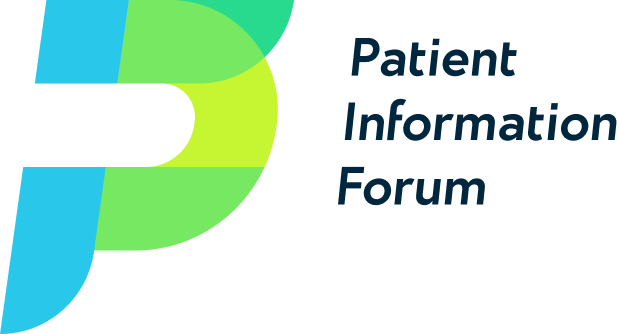
Translating health information
Executive Summary
This guide provides practical support for translating health information. It offers tips on overcoming key challenges and links to useful resources. While it is mainly focused on foreign language translation, the principles can also be applied to British Sign Language and Braille.
Why this matters
In the UK, up to 1 million people cannot speak English well or at all[1]. People who cannot speak English well or at all have a lower proportion of ‘good’ health than English speakers[2]. Providing culturally appropriate and sensitive translated health information can help people self manage and take part in shared decision making. Translation is consistently raised as a key challenge by health information producers.
Getting started
- Remember to follow your standard information production process
- Start with plain language
- Work with trusted voices in the community you are trying to reach
- Ask users their preferred language, dialect and format
- Prioritise resources for translation by user needs
- Decide on the most appropriate type of translation and the level of clinical quality assurance
The options
- Professional translation service provider with health expertise
- Informal language support
- Technology-assisted translation, also known as AI or machine translation
- Translation or transcreation
- A combination of methods
During translation
- Think about visual content which is reflective of and appropriate for your intended audience
- Be aware text length and positioning might change
- Make sure information remains accurate
- Pilot materials with representative users
- Remember common terms like NHS may need to be explained
A note on language
The focus of this guide is translation of the written word. When using professional translation services, ‘translation’ will normally be used for the written word and ‘interpreting’ for the spoken word. Subtitles and voiceovers are known as ‘audiovisual translation’.
This guide supports the following PIF TICK criteria:
6.0 Health inequalities: Information is written to meet health literacy, digital inclusion, language and accessibility needs of the audience.
Please login or join us to see this content
How you create your patient information matters. Do it together with PIF.
Join PIF or apply for PIF TICK certification today to get unlimited access to PIF's resources, expert advice and support services.
